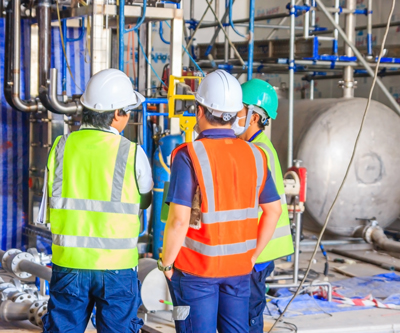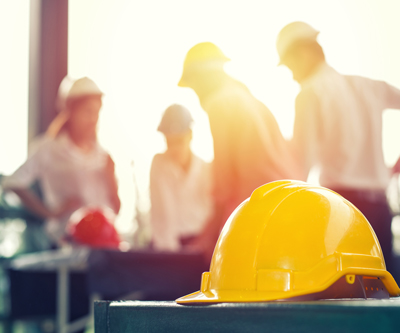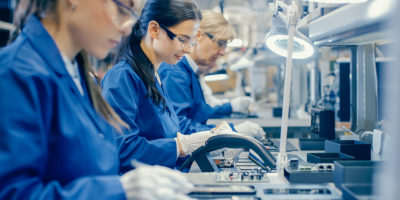Safety Meetings
Posted: Oct. 15, 2019 • By Kevin Kohler

Our safety meetings all seem to be the same, I’m not sure of their value
We’ve all likely attended a poorly planned safety meeting and wondered how helpful it was. Despite these bad experiences, safety meetings are an important component of an effective health and safety management system (HSMS).
Employees have a legal right to participate in the decisions that affect their health and safety at work. Safety meetings are an ideal opportunity to provide for employee participation. The challenge is to make safety meetings useful forums where employees can both provide and receive health and safety information, and contribute meaningfully to health and safety decisions.
We hold all our required safety committee meetings

Under certain circumstances, some jurisdictions require employers to form management-worker health and safety committees. These committees are required to meet on a regular basis, often quarterly, and address the safety items stipulated by the legislation. These formal safety meetings serve an important purpose but they do not take full advantage of the opportunities that can be provided by holding different types of safety meetings on a more frequent basis.
What other types of safety meetings can be held?
There are a number of different types of safety meetings that can be held to promote the goals and objectives of our HSMS. They include:
Daily pre-work safety meetings: Sometimes referred to as “toolbox” or “tailgate” meetings because they originated on project worksites. These meetings are generally brief, less formal, and involve a distinct work crew or department. They remind everyone of current safety conditions, concerns, initiatives and incidents and might include a brief safety topic. They serve to begin the workday focused on safety.
Pre-job safety meetings: Similar to a daily safety meeting, these usually deal with a particular job or work task to be conducted. Where the work environment changes from day to day, these meetings might be held daily, or more often, to discuss the upcoming work and any new safety information or changed hazards.
Weekly or monthly safety meetings: These meetings are typically more structured and would involve combinations of crews, departments and contractors whose work affects each other. A senior manager might be present to promote safety and engage in two-way communication with the attendees. Safety performance might be reviewed as well as any new information from inspections and investigations. A pertinent safety topic might be presented and outside specialists might be invited to speak. A significant portion of time would be devoted to safety initiatives, concerns and on-going action items in an open forum.
Best practices – How can we make safety meetings meaningful?

We’ve all attended the safety meeting where a video is shown to a group, who are not encouraged to ask questions or provide comments, and who are then dismissed with a general statement like, “be safe out there”. To be effective and truly promote the HSMS, safety meetings should:
- Not be longer than required by the agenda;
- Focus primarily on the main message(s) for that meeting;
- Have the undivided attention of all participants, in particular supervisors and managers – no other business should be conducted or calls taken;
- Be designed to ensure that all attendees can contribute meaningfully by removing any barriers to participation;
- Include the opportunity to table questions, comments, concerns and suggestions and promote open discussion;
- Always record and track the action items that are established;
- Provide participant access to all of the safety information that is presented or referred to.
Safety meetings are a unique opportunity for communication and participation but they must be designed effectively so that they promote the HSMS rather than detract from it.
Related Articles

Ergonomics – Chronic Back Injuries
My back hurts from time to time, but that seems normal around here There is nothing “normal” about pain whether […]
Read Article
PPE: Face Masks and COVID-19
Surgical or medical masks A surgical mask is a loose-fitting, disposable device that creates a physical barrier between the mouth […]
Read Article